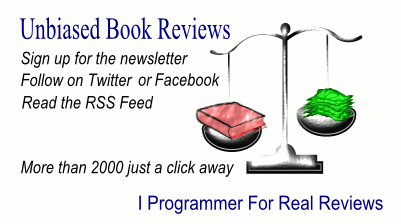| Wild West To Agile (Addison-Wesley) |
|
Author: Jim Highsmith The subtitle of this book is Adventures in Software Development Evolution and Revolution and it is personal remininscences of the history of agile software development. Jim Highsmith wanted to write about the history of software development as seen through the lens of his personal experiences. He says in his introduction that he wanted to explore how the software industry evolved from the 'ad hoc scribblings' of the 1960s to the blizzard of methods, methodologies and tools available in 2022. Highsmith's dismissal of the programmers of the 'the old days' seems rather harsh to me, but it's an interesting concept. The book is organized into successive explorations that tie together the evolution and revolutions in software development in four main eras, illustrated by Highsmith's personal experiences of that era. Alongside this, he looks at the pioneers of each era, and the technological innovations that made changes possible.
Highsmith graduated with a degree in electrical engineering in 1966 without any knowledge of computer programming, and began to work in software in the 1980s. After an introductory chapter on his career, the first chapter that really explores software development looks at what Highsmith describes as the Wild West - 1966 to 1979. During this time he worked at Pan Am on the Apollo moon landing program before moving to Esso. The descriptions of punch cards, JCL, and operators give a good feel for what it was like. Highsmith's argument is that because there weren't formal testing tools, this was an uncontrolled time with few rules. The rise of structured methods and methodologies during the 80s is the next era to come under the spotlight. Highsmith puts forward Ed Yourdon, Tom DeMarco, Ken orr, and Larry Constantine among others as the pioneers of structured design, and the chapter has some interesting interviews with the key players. Highsmith then looks at the 1990s as the roots of agile as a methodology. RAD (rapid application development) was one of the main thrusts of this era, and Highsmith describes his moves from project to consultancy to collaboration in the RAD world. The full-blown agile era then gets a chapter in which Highsmith puts forward the view that agile is more than a fad, but the accepted way to work on large projects. A chapter on rogue teams looks at situations where development teams had to sneak agile in without their bosses knowing, and another on courageous executives follows the stories of some executives who took risks to bring agile techniques into their companies. A chapter titled digital transformation brings us to the present, looking at how organizations are facing uncertain times. The book ends with a chapter titled 'prepare to engage the future' where Highsmith argues that agile is still the key method for software development and will continue to be so. This is an interesting book. Some of the anecdotes are amusing, others are illuminating. Still others do sound like the old bloke in the corner starting yet another story with 'back in my day...'. Highsmith says he started writing the book as a family history for his grandchildren, and at times there's too much of a feel of that. His unswerving belief in agile as the answer to everything comes through very strongly, and how much you like the book probably comes down to how much you agree with that premise.
To be informed about new articles on I Programmer, sign up for our weekly newsletter, subscribe to the RSS feed and follow us on Twitter, Facebook or Linkedin.
|
